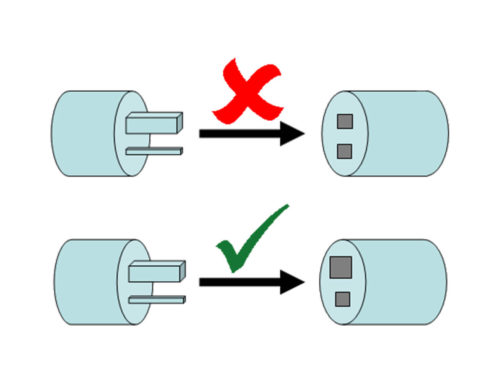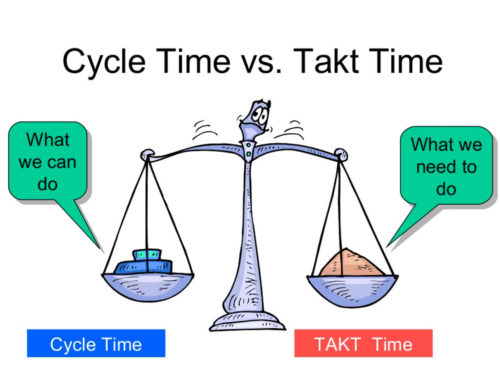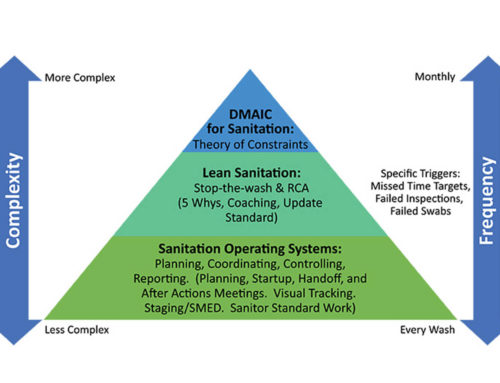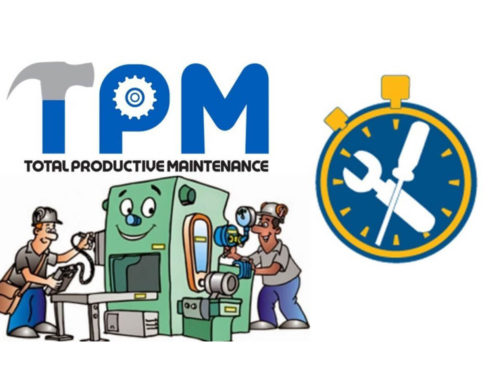Value stream mapping refers to a lean manufacturing technique employed to analyze, design, and manage the flow of materials and information required to bring a food product to a customer.
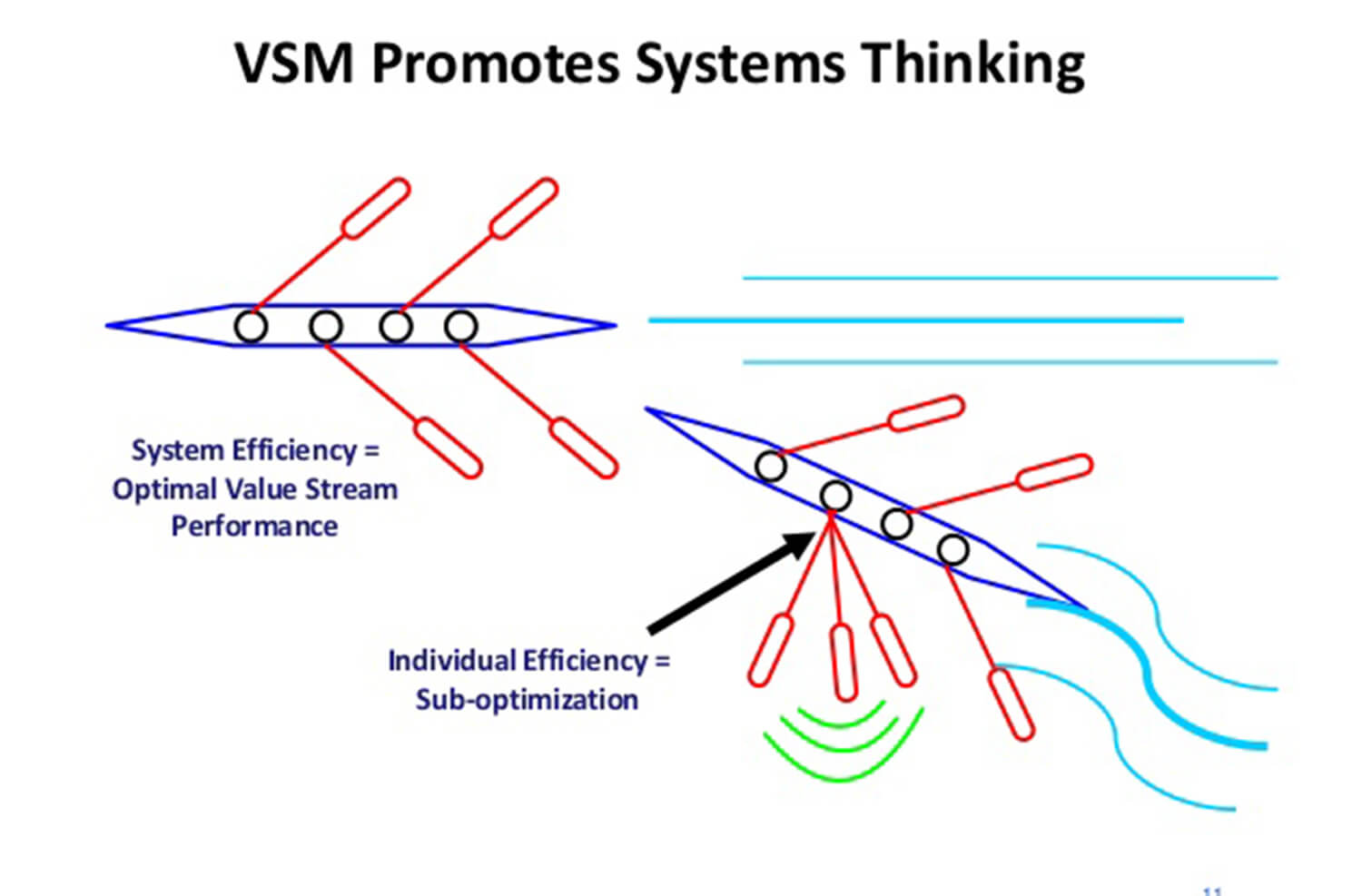 The value stream mapping is done through a flow chart which consists of standardized symbols and characters that depict workstreams and information flows.
The value stream mapping is done through a flow chart which consists of standardized symbols and characters that depict workstreams and information flows.
Why value stream mapping?
Value stream mapping (VMS) helps to conceptualize the manufacturing and delivery processes in food factories. It helps to visualize all the steps between the manufacturing of food items and their final delivery to the customer.
Benefits of Value stream mapping:
- VSM shows the chain of processes from which food products pass through before they can get to the customer, through analysis of this value chain, certain processes can be improved to enhance the quality of food product in a food factory.
- VSM can eventually reduce the waste to produce a product, both in terms of materials and time. The careful analysis of the manufacturing and delivery process helps the management to ensure that the optimum utilization of resources (land, labor, and capital) is carried out for production.
- The value stream mapping is vital for evaluating the material and informational flow and hence making sure that the customer is getting the value of the product he/she is paying for.
Steps to Value stream mapping:
To carry out value stream mapping, you need to follow the below-mentioned steps:
1. Gather initial information:
To initiate with value stream mapping, the food company should get preliminary information like production target, product mix, labor, and machinery in the food factory, etc. This information helps in visualizing the whole process of manufacturing and delivery.
2. Defining value map:
The next phase is the identification of every step the raw materials take to get converted into the final product and supplied to customers. These steps are then mapped with the help of standardized symbols and characters. This stream mapping helps to visualize the steps for improvement and waste reduction. The steps include mixing of raw materials, food packing and labeling, quality assurance and delivery to the customer, etc.
3. The sequence of information flow:
Value stream mapping also indicates information flows in addition to material flows and process sequence. For example, procurement information food factory, food products demand and supply for the customer, etc. Also, the information flows are between the team members, these information flows include quality checking and approvals for supply, etc.
4. Critical data about each process:
Every process in production and supply requires some resources (land, labor, capital, and time) and the relevant data must be gathered to ensure a smooth manufacturing process. For example, the process of packaging takes 5 hours for 1 ton of food products to pack with 7 men at work. This information will help in improving the whole manufacturing process.
5. Identify the wastages of the lean:
The main aim of the value stream mapping is to ensure waste reduction in manufacturing and supply. The waste decreases the productivity of the food factory and eventually the profit. The wastages of the lean include transport, inventory, motion, waiting (time), over-processing, overproduction, defects.
6. Create and evaluate the value stream map:
The sequence of the processes and the magnitude of the resources are then gathered to visualize an ideal value stream map. This value stream map shows all the processes performed in the production and supply of a food product including packaging and quality assurance. The evaluation of the map helps to improve processes and reduce waste during manufacturing.
Conclusion:
Value stream mapping is an ideal practice to ensure continuous improvement and waste reduction in a food factory. VSM is a primary tool to enhance the productivity of the food industry. The future map shows the proposed improvements in the current map which can improve practices and processes while manufacturing and supplying food products.


